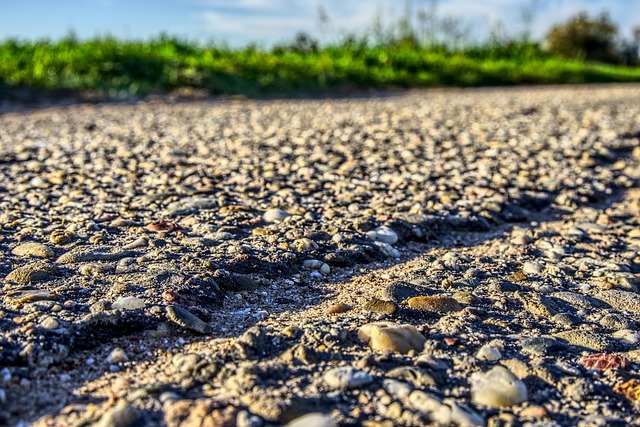Protecting Your Family in the Face of Extreme Weather
As climate change continues to reshape our planet, its effects are becoming increasingly evident, particularly when it comes to extreme weather events. From devastating hurricanes and wildfires to unrelenting heatwaves and torrential floods, these environmental challenges are not just statistics—they are threats that put our families at risk. Understanding how climate change is impacting our environment is crucial for every family seeking to navigate these turbulent times.
With each passing year, we witness shifts in weather patterns that can have dire consequences for our loved ones. For families living in coastal areas, the rising sea levels pose a significant threat. Communities face the reality of increased flooding, which can damage homes and disrupt lives. It is essential for families to plan ahead and devise strategies to safeguard their homes in case of severe weather. This might involve investing in flood barriers or relocating to safer ground, a decision that can be both daunting and necessary.
Similarly, wildfires have become more frequent and intense, particularly in regions prone to dry spells and extreme heat. Families living in these areas must educate themselves on evacuation routes and emergency plans. Creating a family communication strategy can ensure that everyone knows what to do if disaster strikes. Packing a ‘go-bag’ filled with essentials can be a proactive measure that provides peace of mind amid uncertainty.
Furthermore, the impact of extreme weather extends beyond physical safety. Mental health considerations are paramount, as the anxiety associated with climate change can be overwhelming for both parents and children. Engaging in conversations about climate change within the family can be a vital step toward coping with these emotions. By discussing the reality of the situation, parents can help their children understand the importance of climate action, fostering a sense of agency and responsibility.
In addition to preparing for the immediate threats posed by extreme weather, families can contribute to larger environmental efforts. By adopting sustainable practices at home, such as reducing waste and conserving energy, families can collectively make a powerful impact. This not only helps combat climate change but also sets a positive example for future generations, instilling the values of stewardship and sustainability in children.
Organizations focused on climate advocacy can also provide resources and support for families looking to make a difference. By getting involved in local initiatives, families can connect with others who share their concerns, fostering a sense of community and shared purpose. Whether it’s planting trees, participating in clean-up events, or advocating for policy change, families can take meaningful steps to protect not only their own futures but the environment for all.
As we navigate the complexities of climate change and its effects, protecting our families becomes a shared mission, one that requires preparation, resilience, and a commitment to sustainable living. By understanding the challenges posed by our changing environment, families can work together to create a safer, more secure future for themselves and generations to come.




